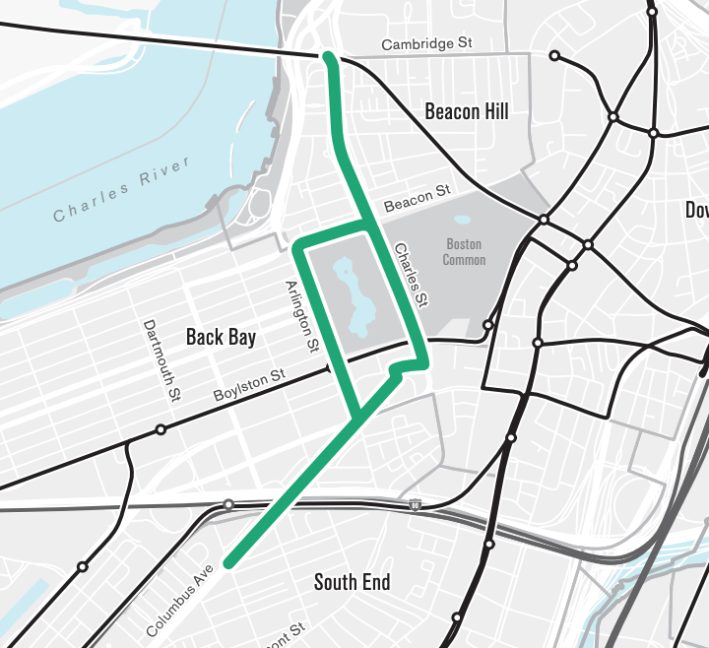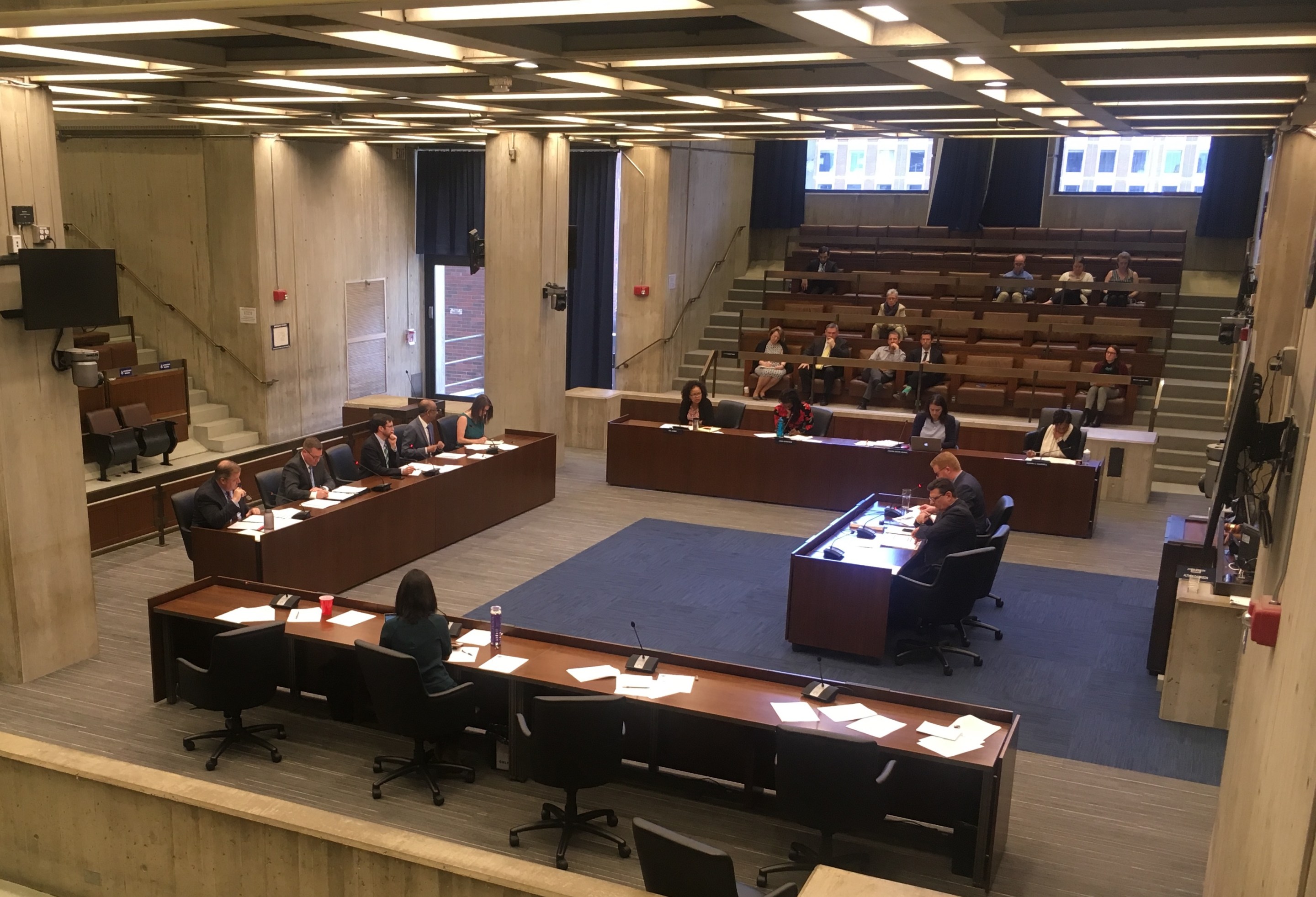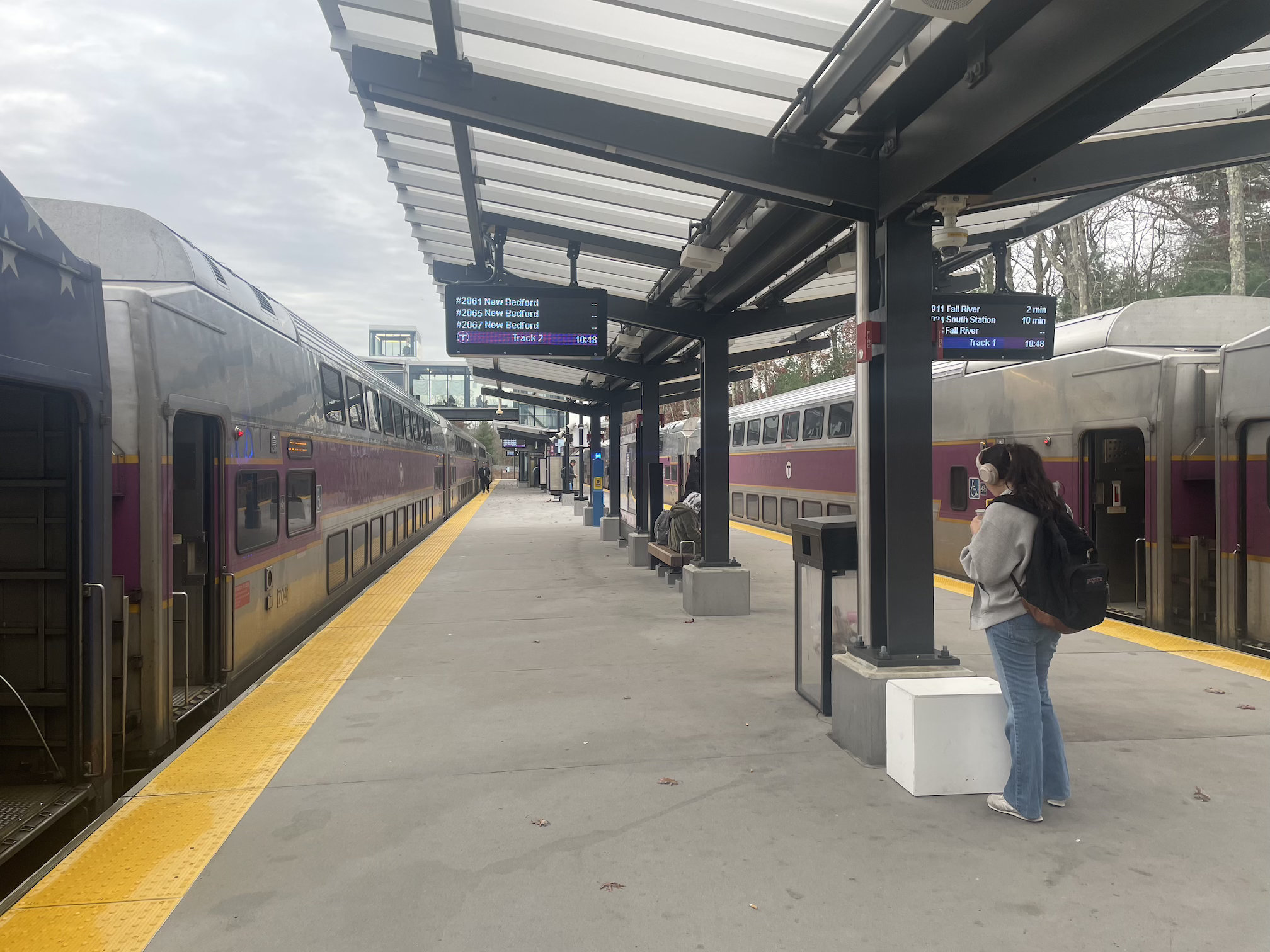Representatives from Mayor Walsh's Streets Cabinet presented their proposed budget for fiscal year 2020 at a public hearing in City Hall last week and got an earful from residents and councilors expressing disappointment and frustration that the city isn't moving faster more to reduce speeds and improve alternatives on Boston's streets.
In introductory remarks, Chief of Streets Chris Osgood said that his department's goal with the proposed budget is to “expand greater access to transportation choices across the city more equitably" in accordance with the Go Boston 2030 plan.
To that end, he went on to outline a wide-ranging list of projects in the budget that will appeal to safety and sustainable transportation advocates:
- The Department's new "Transit Team" will implement new bus-only lanes, focused at first on two corridors where buses are most likely to get stuck in traffic. Route 57 would gain a bus lane on a stretch of Brighton Avenue west of Packard's Corner, and Route 111 will benefit from a proposed bus-only lane from the North Washington Street Bridge to Haymarket Station in the North End. The Department's Director of Planning, Vineet Gupta, said that planning for an additional bus lane on Blue Hill Avenue would begin this year.
- The popular Neighborhood Slow Streets program, which installs traffic calming measures on lower-volume side streets, will benefit from increased staff support and put 6 neighborhood projects under construction in the coming year, with an additional 5 neighborhoods in the design pipeline.
- The city proposes buying and installing 20 new radar speed feedback signs, which would be installed on higher-traffic arterials where speeding problems are most acute.
- 50 new Bluebikes stations would be installed in locations that increase the density of stations in existing neighborhoods and expand the network to outer neighborhoods like West Roxbury, Dorchester, and Roslindale.
- Osgood reported that by the end of 2019, the city will have just over 8 miles of separated bike lanes open for use (including routes currently under construction on Commonwealth Avenue and Summer Street) and another 5 miles of protected lanes under construction.

The budget also includes funds to start design work on the "Southwest Corridor Extension" on-street bikeway, which would provide a safe bike route from the Southwest Corridor Trail at Ruggles Station into downtown Boston and on to the Longfellow Bridge and MGH via Charles Street.
This project will be one to watch: it was identified as a priority in the Go Boston 2030 plan, and in addition to providing a better bike route into downtown and across the foot of Beacon Hill, it could also provide an opportunity for traffic calming and better pedestrian connections across the wide, unfriendly roads that surround the Public Garden.
Councilors expressed appreciation for the projects that were included in the budget. But they spent a lot more time talking about projects that have been delayed, and how their constituents expect City Hall to move faster in their efforts to make their streets safer.
"I keep feeling a sense of frustration, because as a district councilor, we get the calls about this all the time –speeding cars, crashes – and we need to be proactive," said Council President Andrea Campbell.
"It’s my number one concern as a city councilor: how do we keep our streets and sidewalks safe for everybody?" said District 2 Councilor Ed Flynn of South Boston. "Certainly it’s the speed limit and speed enforcement, but obviously it’s the infrastructure as well."
During the hearing's public comment period, Stacy Thompson, the executive director of the Livable Streets Alliance, noted that "we added 20 new staff and millions to the budget last year" – a reference to advocates' successful effort in 2018 to add more city staff capacity to design bus lanes and Vision Zero projects. "Today my question is how are we implementing projects, and why are we still here asking you to do things faster?"
In response to concerns raised by cycling advocates that the city is running behind schedule to meet its short-term bike network implementation goals from Go Boston 2030, District 6 Councilor Matt O'Malley of Jamaica Plain asked Osgood if the city could realistically meet those targets.
Osgood didn't exactly answer "no" to that question, but he didn't promise that the city would meet those short-term goals, either.
"We are spending a lot of time now bringing on staff, thinking about what our processes are inside BTD and Public Works, and that is why you’ll see a greater acceleration in some of the projects we’re doing... our rate of implementation has accelerated," said Osgood.
"I’m confident that the right thing to do is keep pushing ourselves."






